Milk frother purchasing advice: how to choose the right product
- What you need to know
- Milk frothers let you make barista-standard coffee cheaply at home, as well as other hot drinks, cocktails, and special soups.
- Entry-level manual or battery-powered frothers will be enough for infrequent users.
- Electric and induction frothers are more expensive but easier to use – best for frequent users.
- If you buy an electric milk frother, make sure it has an auto power off feature as well as protection against overheating.
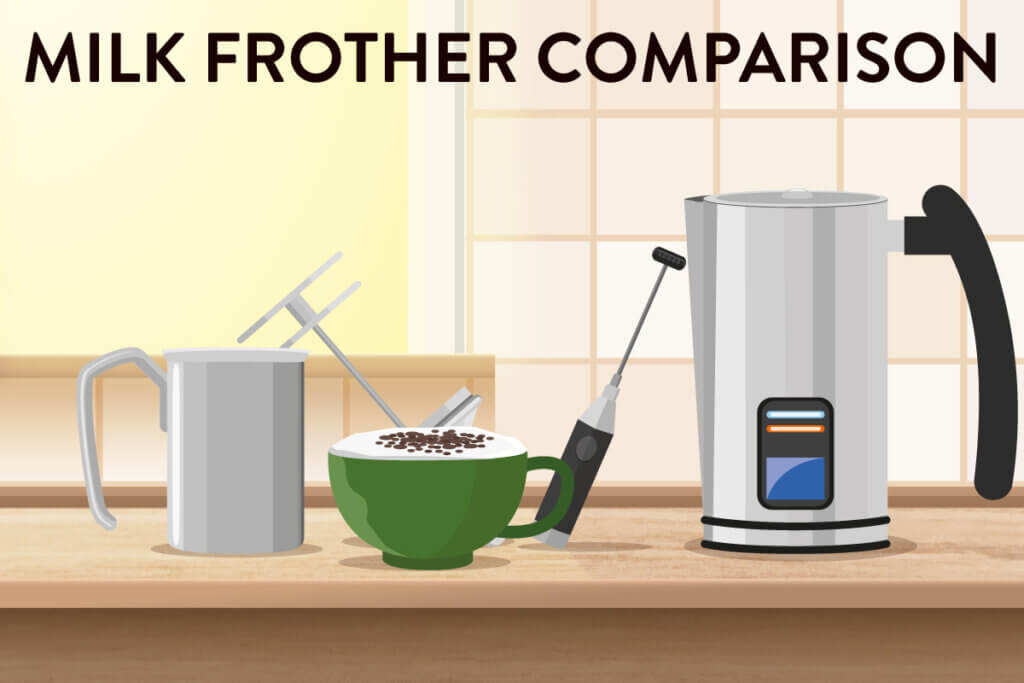
Make your own foam
Coffee isn’t just about getting caffeinated, it’s about the taste. As everyone knows, there are so many varieties of coffee: cappuccino, flat white, cortado, and more. One key distinction between these styles and basic filter coffee is the milk – or, more specifically, the warm, creamy, frothy milk.
If you want to have the same delicious airy milk you get in cafés at home, you’ll need a milk frother. These devices incorporate air into milk to make it foamy. With the right kind of milk frother, you can enjoy fancy coffee styles at home in no time.
Not just coffee
Foamy milk isn’t just great in coffee, it can elevate lots of other recipes. Hot drinks like cocoa or matcha latte taste fantastic with light and airy milk. Some fancy cocktails also call for frothy milk.
You don’t just have to make drinks with your milk frother. Adding foamy milk to soups can really take them to the next level, especially for decoration. Things like ice cream sundaes or other creamy desserts can also benefit from foam – you can let your creativity run free!
In this article we will compare the different styles of milk frothers on the market today, explain what you should look out for when choosing one, and offer a quick overview of how to use them.
Types of milk frother
Milk frothers come in a range of different shapes and sizes. Read on for an overview.
Professional frothers
Baristas use steam-powered milk frothers which are integrated in professional coffee machines. This kind of frothing produces extremely creamy and thick foam, but takes a lot of practice. The milk frothers we are going to discuss in this article are designed for home use, and can produce comparable results.
Manual frothers
Manual frothers work by pushing a sieve up and down through the milk, which is why they’re often called hand pumps. They consist of a container, sieve, and lid – you push a handle that goes through the lid up and down to froth the milk. They are usually made from stainless steel, which is good because you’ll want to heat the milk directly in it. Making warm frothy milk using a hand pump goes as follows:
- Pour the milk into the container.
- Put it on the cooker to heat up.
- Move the handle up and down for three to five minutes to aerate the warm milk.

Using a manual frother is very simple but it can get a bit strenuous in the long run. If you want to make frothy milk frequently (multiple times a week) and you want the foam to be particularly fine, then a hand pump probably isn’t right for you. This style of milk frother is best for people that only need it from time to time. They are, however, quite cheap: you can pick one up for $10-20. The foam they make is also good and firm.
One further advantage to manual milk frothers is that they are easy to clean. Since they don’t have any electronic parts, you can easily rinse them or even put them in the dishwasher. Alongside this, they are generally robust and durable.
Advantages
- Good foam quality
- Simple to use
- Durable
- Cheap
- Easy to clean
Disadvantages
- Require a bit of strength
Battery-powered frothers
Just like hand pumps, these frothers are handheld machines. However, unlike hand pumps, they don’t require much effort at all. Often known as stick frothers or electric whisks, they are basically miniature electric whisks designed to fit into coffee cups. This design makes them very easy to move, but also relatively instable. They are battery-powered, but you will have to recharge them quite often. Frothing milk with one of these whisks looks a bit like this:
- Heat milk and put it in a suitable cup.
- Put the frother whisk head in the milk at the bottom.
- Turn the frother on.
- Keep the frother in the milk until the foam is the consistency you want.
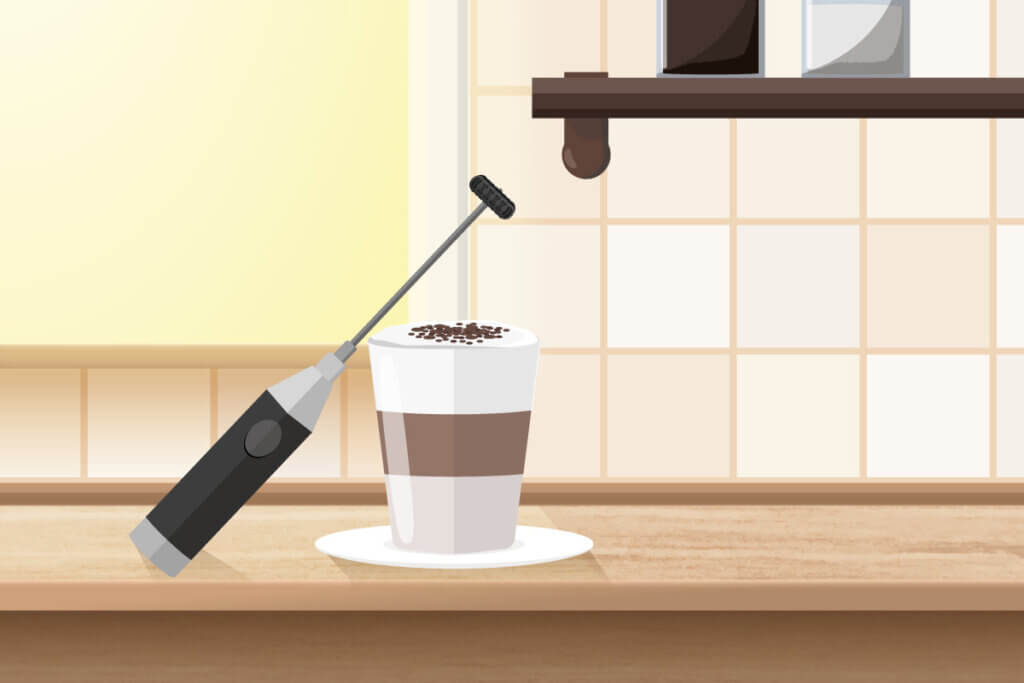
Using one of these milk frothers is as easy as with a manual hand pump. The main issue you might run into is finding an appropriate container, as the milk can froth up quite a lot. Another small thing is that the foam that these devices produce is usually less stable than other frothing styles. Frothing milk with one of these whisks should take between three and five minutes.
This type of frother is best for people who don’t need to use it daily but enjoy say a cappuccino on the weekend, without having to do an arm workout. These whisks aren’t all that durable, so using them very regularly can quickly lead to signs of wear. There are frothers on the market for people who want frothy milk daily that are easier to use – no need for a special container.
Electric whisks are generally very cheap. Prices start from as low as $5 and rise to around $25. Since they are so small, they are easy to store or even take with you on holiday. Cleaning is also easy. The whisk attachment is removable – just put it in the dishwasher or rinse it off with hot water.
Advantages
- Very affordable
- Simple to use
- No strength required
- Small
- Easy to clean
Disadvantages
- Low foam quality
- Needs batteries
- No case included
- Flimsy
Electric milk frothers
The term electric milk frother might seem a bit confusing at first, considering we’ve just discussed battery-powered electric whisk frothers. What this term generally refers to is a standalone device with a mains power cable. The whisk is integrated inside a container so all you have to do is turn it on, no need to hold or push anything while the milk is frothing. Electric milk frothers take up a bit more space than battery-powered whisks, but they are much easier to use.
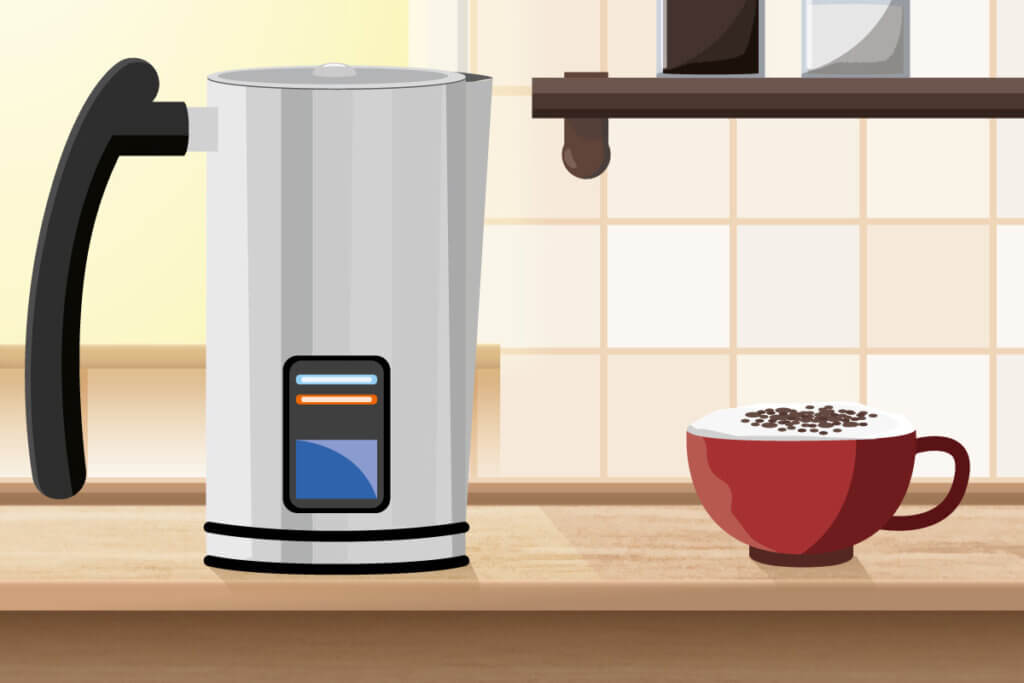
A lot of these frother models can also heat your milk up while it is frothing. They have a heating element like a kettle to do this. Some models have the option to select how hot you want your milk, or to froth cold milk as well. You should go for a model which has a fully removable milk container, as this will make cleaning much easier. The whole machine is of course not dishwasher-safe, but the removable container part will be.
Using an electric milk frother is much easier than a manual or battery-powered one:
- Connect the milk frother to the power supply.
- Plug the frother into mains power.
- Fill the milk container.
- Press the start button.
Electric milk frothers aren’t just easier to use, they are also quicker than battery and manual models. Most models need between one and two minutes to froth the milk, depending on the amount. These frothers are quite expensive, so if you’re not going to be using it frequently then it might not be worth it. Prices start around $35 and can rise above $70.
Advantages
- Good foam quality
- Very easy to use
- Simultaneous heating and frothing
- Quick frothing
- Can make larger quantities
Disadvantages
- Trickier to clean
- Takes up more space
- Needs to be plugged in
- More expensive
Induction frothers
At the very top end of the home market, you’ll find induction frothers. These devices are similar to electric frothers, except instead of using a heating element to warm your milk, they heat it by induction. Induction allows you to heat milk precisely, efficiently, and very quickly.
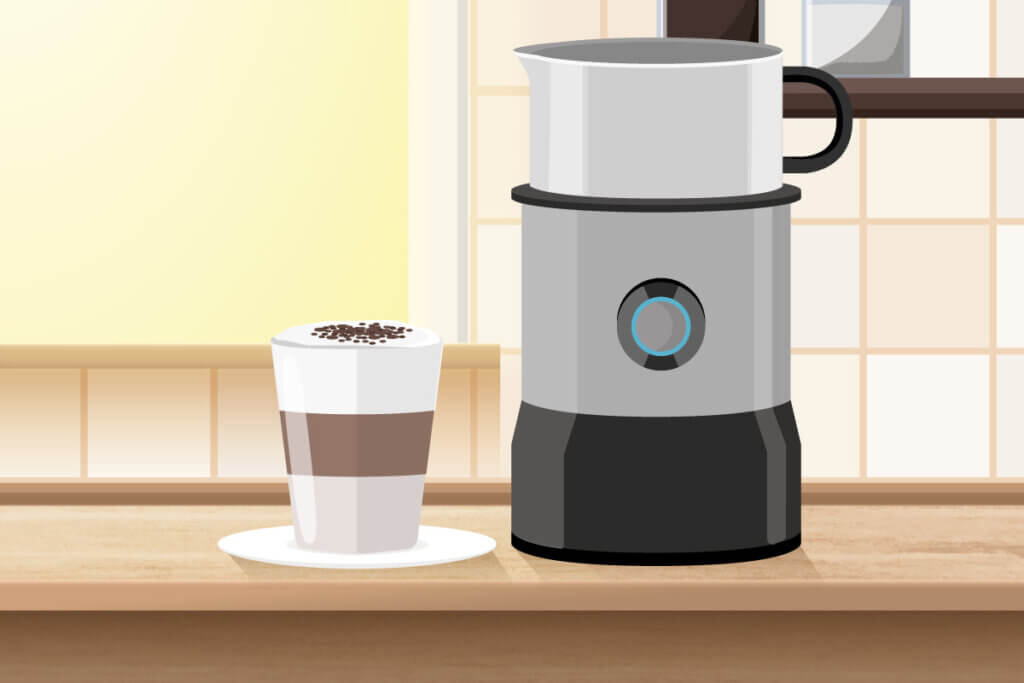
The induction hob is in the base of the device, and the container above is usually removable for cleaning.
Heating starts as soon as you fill the container and put it on the base, which will often have magnets for extra stability. Induction frothers often have thermometers which sense when the milk is the right temperature to start frothing. Since the induction heating is so precise, there’s no chance of scalding your milk. Once the milk is foamy enough, the device will switch itself off – you don’t have to do anything!
The one downside to induction frothers is that they are quite expensive. The cheapest devices start at around $50 and can run up to $140. Because of this, induction frothers are only really recommended if you’re going to be using them a lot.
Advantages
- Good foam quality
- Quick frothing
- Extremely easy to use
- Precise milk heating
- Automatic power off
- Very energy efficient
- Simple to clean
Disadvantages
- High price
- Takes up a lot of space
Choosing the right frother
The first and biggest step in buying a milk frother is choosing what kind of frother you want. Take a look at this comparison table for an overview to help you decide:
| Manual | Battery | Electric | Induction | |
|---|---|---|---|---|
| Suitable for | Occasional use | Occasional use | Frequent use | Very frequent use |
| Price | Cheap | Very cheap | Relatively expensive | Expensive |
| Ease of use | Very low | Low | High | Very high |
| Cleaning | Simple | Simple | Model-dependent | Simple |
| Space requirement | Rather high | Low | High | High |
Other important buying tips
There is a huge range of different models out there on the market and constant special offers flying around. It can be hard to decide on a frother. But what are the most important things to watch out for?
Security
If you are looking at an electric or an induction frother, make sure it has a security system to prevent overheating your milk. A power-on light is also a useful feature, so you know if your frother is on or not. The best models will automatically turn off once they have finished heating and frothing. Regardless of which style of frother you go for, make sure that it is stable so that it won’t tip over when you’re using it. Anti-slip rubber feet are good for this. A non-stick coating on the milk container is also a good feature to prevent the milk from burning onto it.
Capacity
One important thing to consider when making a purchase is how much milk you are going to be frothing. Battery-powered whisks can only really froth small amounts of milk. The amount manual, electric, and induction models can froth simultaneously all depends on the size of their milk containers.
Smaller models can usually froth up to a cup (237ml) at one time – enough for one or two people. There are larger frothers that have a capacity of up to two cups (473ml). If you need even more than this, there are some frothers on the market that can make up to four cups (946ml) simultaneously.
Caution: volume changes
When measuring out the milk for your coffee, you need to bear in mind that when it is frothed it will almost double in volume.
Foaming speed
Manual and whisk frothers take a relatively long time to froth milk – between three and five minutes. Electric and induction devices on the other hand are much quicker, but it depends on how much milk you are frothing. Good frothers should be able to froth half a cup (180ml) in 60 to 90 seconds – more milk can take a couple of minutes longer.
Temperature
You will need to heat your own milk if you buy a manual or whisk frother, whereas electric and induction devices will do it for you. The best frothers have temperature controls. These let you choose exactly how warm you want your milk to be. The best temperature for foaming milk is 140 °F (60 °C). You can also use induction frothers a bit like a kettle to make things like warm milk and honey, or hot chocolate.
Don’t overheat your milk
When heating your milk, make sure that you don’t heat it over 158 °F (70 °C). If you go above this temperature, you will denature the milk enzymes which causes clumping and a terrible flavor.
Design
Safety, functionality, and performance are of course very important when choosing a model, but so is appearance. You don’t want a design that doesn’t fit with your kitchen!
There isn’t a great deal of design variation when it comes to manual and battery-powered frothers. Electric and induction foamers, however, do come in a range of styles, shapes, and sizes. There’s a lot out there on the market, from simple stainless-steel models to colorful enameled frothers that look like Thermos flasks.
Perfect foam
Anyone who buys a milk frother will of course want perfect milk foam. But what exactly should perfect foam look like? Ideally milk foam should be:
- Creamy and not too runny
- Soft and not too stiff
- Not have too many air bubbles
- Not collapse too quickly
The biscuit test
One test to show whether your milk foam is good or not is to put a biscuit on flat on top of it. If the foam is good, it should hold the biscuit up – if it is bad, the biscuit will fall through.
If your milk froth is too firm, it could be because you have heated the milk too much. The best temperature for frothing is 140 °F (60 °C).
What kind of milk is best?
There is a lot of incorrect information flying around about what kind of milk is best. Some say full fat, others say skimmed. Some people even claim that pasteurization affects how well a milk will froth. In reality, the only thing that affects milk frothing is the protein content. If the protein level is too low, the milk won’t foam up properly. You need at least 3.3% protein – you can find this information on the milk carton packaging’s nutritional values. Dairy and lactose free alternatives also can froth well – look for barista versions of plant milks for the best results.
Tasty fat
Fat content doesn’t play a role in how foamy your milk will be, but it does affect the taste. Fat is a flavor carrier. If you’re calorie conscious and go for skimmed milk, the flavor will be less intense.
Images 1-5: © FinalCheck

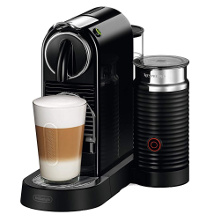
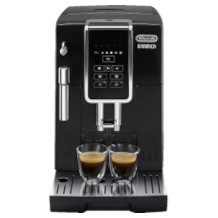
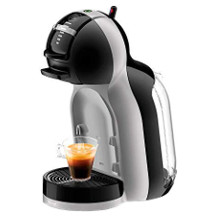

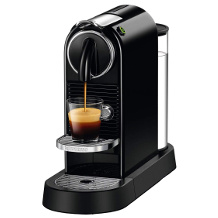
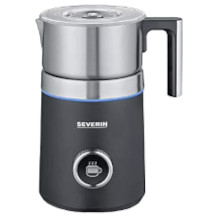
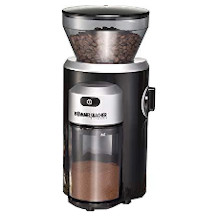
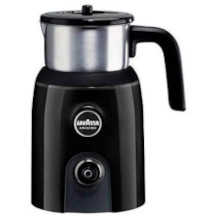
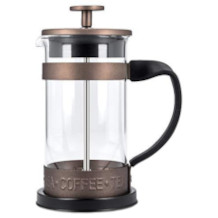
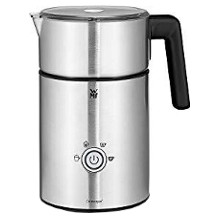









 3,352 reviews
3,352 reviews